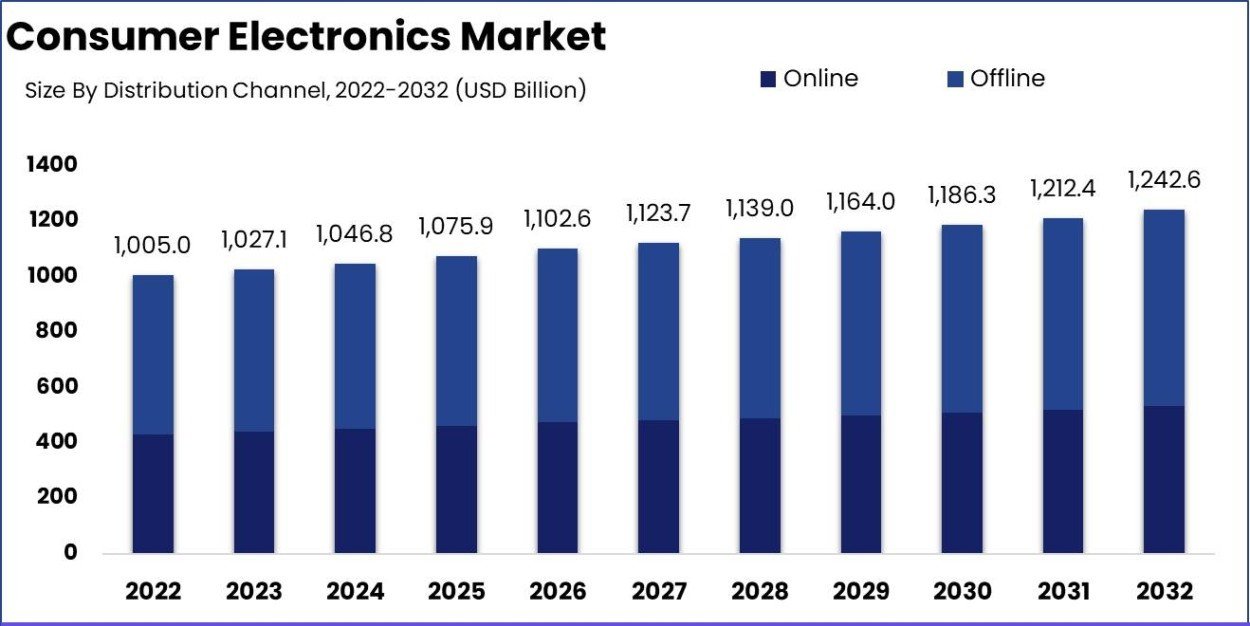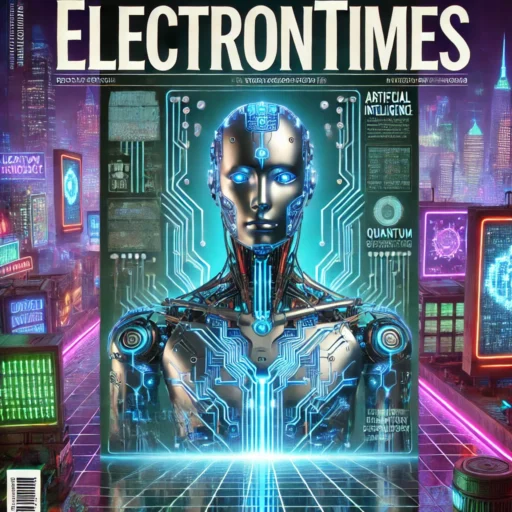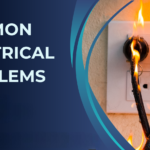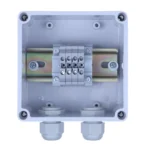Consumer demand in the electronics and electrical equipment industry has undergone significant evolution over the years, driven by technological advancements, changing consumer preferences, and broader societal trends. Below are key factors and shifts in consumer demand that have shaped the industry:
1. Shift Toward Personalization and Customization
- Increased Demand for Personal Devices: Over the past few decades, there has been a noticeable shift from mass-market products to more personalized and customizable electronics. Consumers now demand devices that cater to their individual needs and preferences. This has led to the development of smartphones, wearables, and laptops with various customizable features such as storage capacity, design, and functionality.
- Smart Home Integration: The growing popularity of smart home devices—such as smart speakers, thermostats, and lighting—reflects a demand for convenience and automation. Consumers seek interconnected systems that can be controlled remotely, contributing to the rise of Internet of Things (IoT) devices.
2. Miniaturization and Portability
- Smaller, Lighter Devices: As technology has advanced, consumer demand has shifted toward smaller, more portable devices. Early mobile phones were bulky, and early computers required large spaces. Today, consumers prefer lightweight, slim, and compact electronics. Devices like smartphones, laptops, and tablets are increasingly compact, offering powerful features while being portable.
- Wearables and Fitness Tech: The increasing demand for smartwatches, fitness trackers, and other wearable devices reflects a growing interest in portable tech that integrates seamlessly into daily life, combining convenience with health and fitness features.
3. Connectivity and Mobility
- Mobile and Wireless Solutions: There has been a growing preference for wireless and mobile technologies. Consumers have increasingly demanded wireless products—such as wireless headphones, Bluetooth speakers, and smart devices—enabled by the internet and cloud services. This shift reflects the demand for convenience and flexibility.
- Global Connectivity: The rise of 5G technology is a direct response to the demand for faster, more reliable mobile networks. Consumers expect seamless connectivity, enabling faster streaming, better communication, and more robust online experiences. The demand for always-on connectivity continues to shape consumer choices, including in areas such as remote work and online learning.
4. Increasing Focus on Sustainability
- Eco-friendly and Energy-efficient Products: Over time, consumers have become more environmentally conscious. Sustainability and energy efficiency have become key factors in consumer decision-making. Many consumers are now prioritizing products that have a lower environmental impact, such as energy-efficient appliances, electric vehicles (EVs), and recyclable electronics.
- Renewable Energy Solutions: As environmental concerns grow, consumers are increasingly looking for solar power solutions, battery storage systems, and smart energy management systems. This trend reflects the demand for clean energy technologies as part of a broader global move toward reducing carbon footprints.
5. Technological Advancements and Consumer Expectations
- Higher Performance and Speed: As consumers become more reliant on their electronic devices, demand for higher performance has intensified. The desire for faster processors, higher storage capacity, and enhanced graphics has shaped the evolution of smartphones, computers, and gaming consoles.
- Smart Devices and Artificial Intelligence (AI): The incorporation of AI, machine learning, and advanced software capabilities in consumer electronics is another area of increased demand. Devices like smartphones, smart speakers, and virtual assistants (e.g., Amazon Alexa, Apple Siri) now offer AI-powered features that enhance user experiences, automate tasks, and make devices smarter.
6. Mobile Gaming and Entertainment
- Growth of Gaming: The gaming industry has become one of the most significant drivers of consumer demand in the electronics market. Consoles, gaming PCs, smartphones, and cloud gaming services are seeing tremendous growth due to the rise in demand for entertainment. Consumers expect high-definition graphics, fast loading times, and immersive experiences, pushing companies to innovate continually in both hardware and software.
- Streaming and Content Consumption: The demand for streaming services (e.g., Netflix, Disney+, YouTube) and video content has shaped consumer electronics, particularly in devices such as smart TVs, streaming devices, and gaming consoles. Consumers now expect easy access to a broad range of content, contributing to the growth of digital media and internet-enabled devices.
7. Rise of Subscription Models and Digital Services
- Software as a Service (SaaS): With the increased demand for cloud-based services and digital content, many electronics companies have shifted to subscription-based models. Consumers are now paying for ongoing access to software applications, cloud storage, gaming services, and streaming media rather than making one-time purchases of physical products.
- Software Integration: Consumers increasingly expect hardware and software to work seamlessly together. This has driven the demand for integrated ecosystems like Apple’s iOS ecosystem, Google’s Android system, and Microsoft’s Windows platform. The emphasis is on cross-device compatibility and user-friendly interfaces.
8. Impact of the COVID-19 Pandemic
- Remote Work and Learning: The COVID-19 pandemic dramatically shifted consumer demand toward products that enable remote work and online learning. Laptops, webcams, headsets, tablets, and home-office equipment experienced a surge in demand as people adapted to working and learning from home. The demand for high-speed internet connections and cloud-based software also increased significantly.
- E-commerce and Contactless Payments: The pandemic accelerated the adoption of e-commerce, leading to increased demand for smartphones, tablets, and laptops. Additionally, the shift toward contactless payments and digital wallets has driven demand for payment devices and secure authentication technologies.
9. Rising Interest in Health and Wellness Technologies
- Health Monitoring and Wearables: Consumers are increasingly demanding health-focused electronics that help monitor fitness, sleep, heart rate, and mental well-being. Wearables such as fitness trackers, smartwatches, and health-monitoring devices are becoming more sophisticated, incorporating advanced sensors and health-tracking features.
- Telehealth: The demand for telehealth solutions and remote medical devices has grown significantly. Consumers now expect to have access to digital health tools that allow them to consult with healthcare providers, track their health, and monitor conditions from home.
10. Focus on Experience Over Ownership
- Service-oriented Demand: In recent years, there has been a shift from consumers seeking to own products to valuing the experience they provide. Subscription services, product-as-a-service models, and on-demand tech services (e.g., cloud computing, streaming services, car-sharing apps) reflect this shift in demand. Consumers prefer access to products and services that deliver ongoing value rather than owning physical goods.
Conclusion
Consumer demand in the electronics and electrical equipment industry has evolved over time, driven by technological innovations, changing preferences, and societal trends. From the growing focus on personalization, mobility, and connectivity to an increased desire for sustainability, smart technologies, and health-focused devices, consumers have increasingly sought products that offer convenience, performance, and long-term value. As technology continues to advance, consumer demand will likely remain dynamic, with new innovations continuing to shape the market and influence buying behaviors.
Hashtags
#SmartDevices #ConnectedTech #InternetOfThings #IoTDevices #SmartHomeTech #TechForEveryHome #HighTechDevices #PerformanceTech #TechInnovation #AdvancedTech #FutureTech #TechForEfficiency #SustainableTech #EcoFriendlyElectronics #GreenTech #TechForSustainability #GreenElectronics #EcoInnovation #PersonalizedTech #CustomTech #TechForYou #TailoredElectronics #PersonalTechExperience #TechPersonalization #HealthTech #WearableTech #FitnessTech #TechForHealth #HealthInnovation #WellnessDevices #UserExperience #TechForEveryone #UXTech #TechForSimplicity #IntuitiveTech #EasyTech #MobileTech #PortableTech #Smartphones #TechOnTheGo














